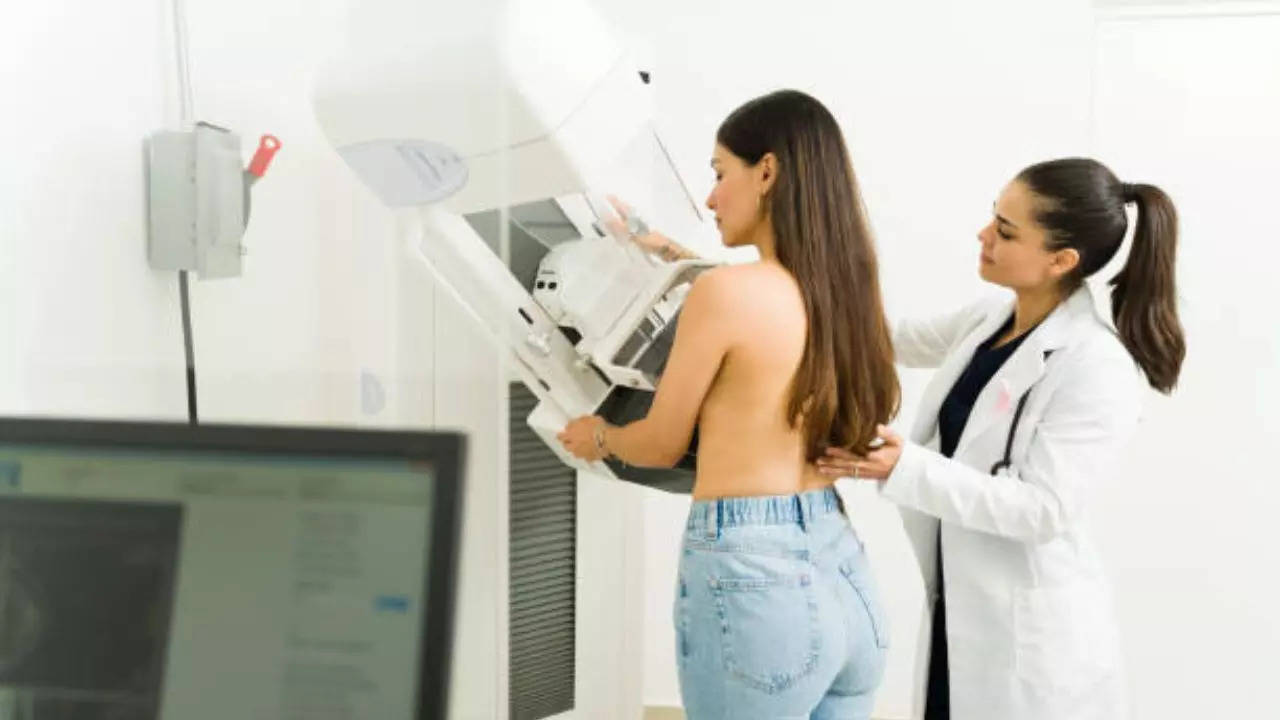Contents
How has radiography changed cancer diagnosis? All about the evolution of imaging techniques in oncologyHow the journey started with X-rayintroduction of magnetic resonance imaging or MRIThe emergence of positron emission tomography or PET scanWhat is The future of oncology imaging,How does AI integrate into oncology imaging?
-
news
-
Health
How has radiography changed cancer diagnosis? All about the evolution of imaging techniques in oncology
The development of imaging or new technologies in oncology has greatly influenced the diagnosis and treatment of cancer. Although it all started with only X-rays which gave the diagnosis, it gradually evolved from PET scans and has now reached the latest use of AI in diagnosing patients. Experts believe that with advances in medical science, we are now one step closer to helping patients live longer. Read on to learn about how radiography has changed cancer diagnosis and treatment.

Imaging through radiation therapy techniques is the first step in clinical management and diagnostic radiology.
Cancer management has never been easier. A reliable diagnosis requires not only identifying the primary tumor and assessing its spread to surrounding tissues, but also examining other organs and structures throughout the body. Imaging through radiation therapy techniques is the first step in clinical management and diagnostic radiology and nuclear medicine studies play an important role in screening, staging and monitoring treatment.
However, until a few decades ago, medical imaging was dominated by projection-view X-ray radiography, the purpose of which was to detect changes in tissue density. However, with continuous advances in science and improvements in computer technology, a variety of digital technologies have been introduced into medical radiation imaging for foolproof diagnosis.
“Starting with the invention of the Dr. Siddharth Parekh, radiology consultant at the centre, told Times Now.
How the journey started with X-ray
Radiography was the first imaging technique used in oncology and provided important data regarding the basic internal structure of the body. However, according to Dr. Parekh, X-rays have some drawbacks. “For example, X-ray images cannot adequately detail anatomical structure or distinguish between tissue types,” he said.
This sometimes results in the inability to distinguish between malignant and non-cancerous tissues, emphasizing the importance of improved imaging methods.
introduction of magnetic resonance imaging or MRI
MRI has since been one of the most significant developments in oncology imaging as it provides field images with remarkably detailed detail, helping physicians differentiate between normal and malignant tissues.
“This allows for specific dissemination and treatment planning, which makes MRI important in cancer diagnosis,” said Dr. Parekh.
The emergence of positron emission tomography or PET scan
PET has introduced functional imaging into oncology care, making it possible to assess the metabolic activity of tumors.
“PET scans are able to identify areas of dangerous cell activity, discern the scope of disease, and judge the efficacy of therapy. In many situations, PET scanning can also identify the site of origin of the cancer and therefore forms an important part of cancer staging and diagnosis,” Dr. Parekh said.
What is The future of oncology imaging,
According to Dr. Parekh, there are several categories of molecular imaging, such as fluorescence imaging and targeted radiotracers, that have increasing impact on oncology imaging. These methods not only allow positive molecules to be visualized but also provide useful information about the biological activity of the tumor.
Experts believe that by identifying tumors at the molecular level, it becomes easier for physicians to diagnose and treat patients, thereby enhancing patient care.
How does AI integrate into oncology imaging?
There are many uses of artificial intelligence in oncology imaging that have great potential. Dr Parekh explains that AI can be useful in processing large amounts of data obtained from imaging which may contain subtle changes that can only be seen using AI.
“This technology could provide a way to detect cancer early, aid in diagnosis, and evaluate key factors regarding a patient’s response to treatment,” he said.
Get the latest news live on Times Now with breaking news and top headlines from around the world.


